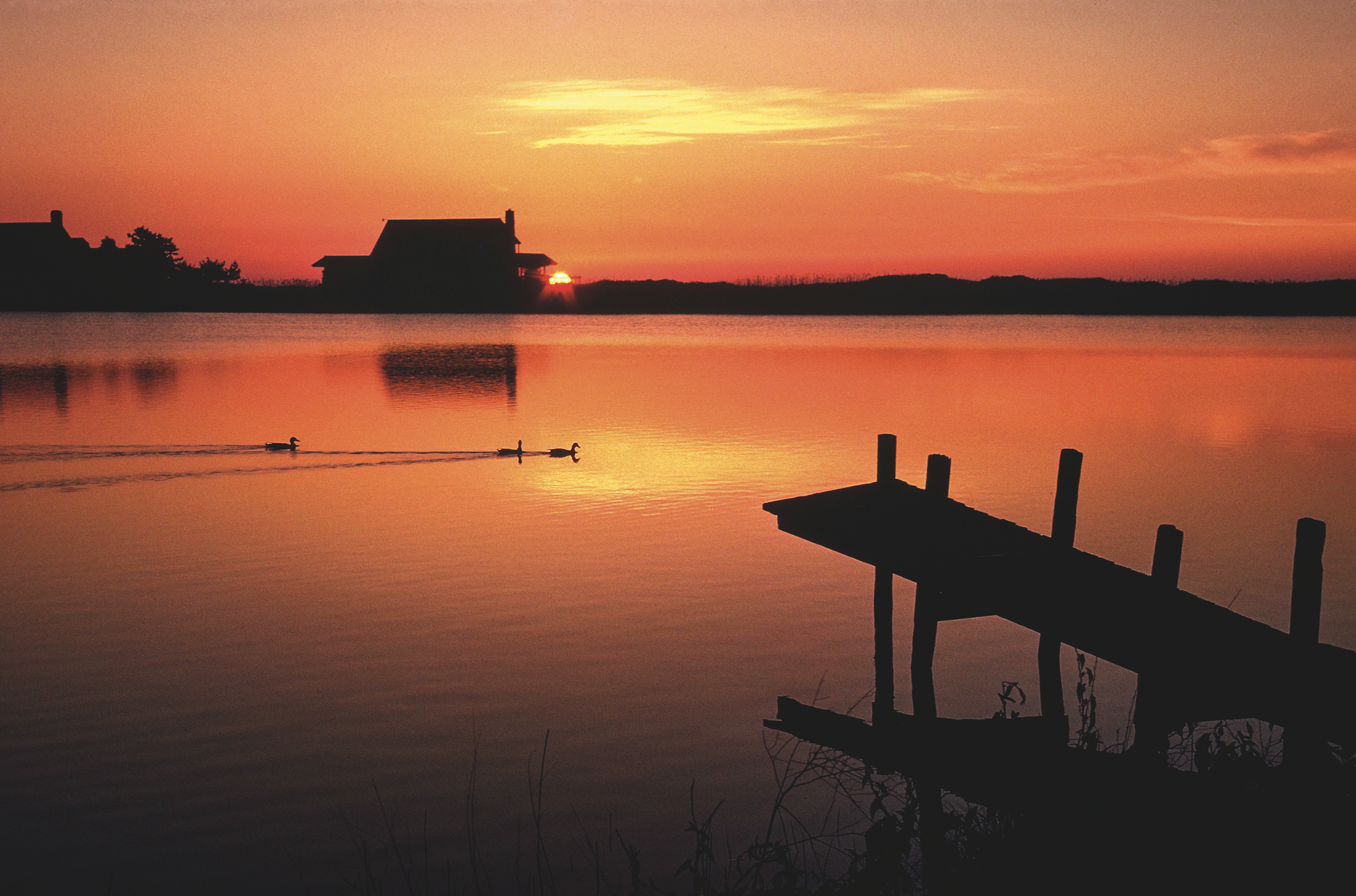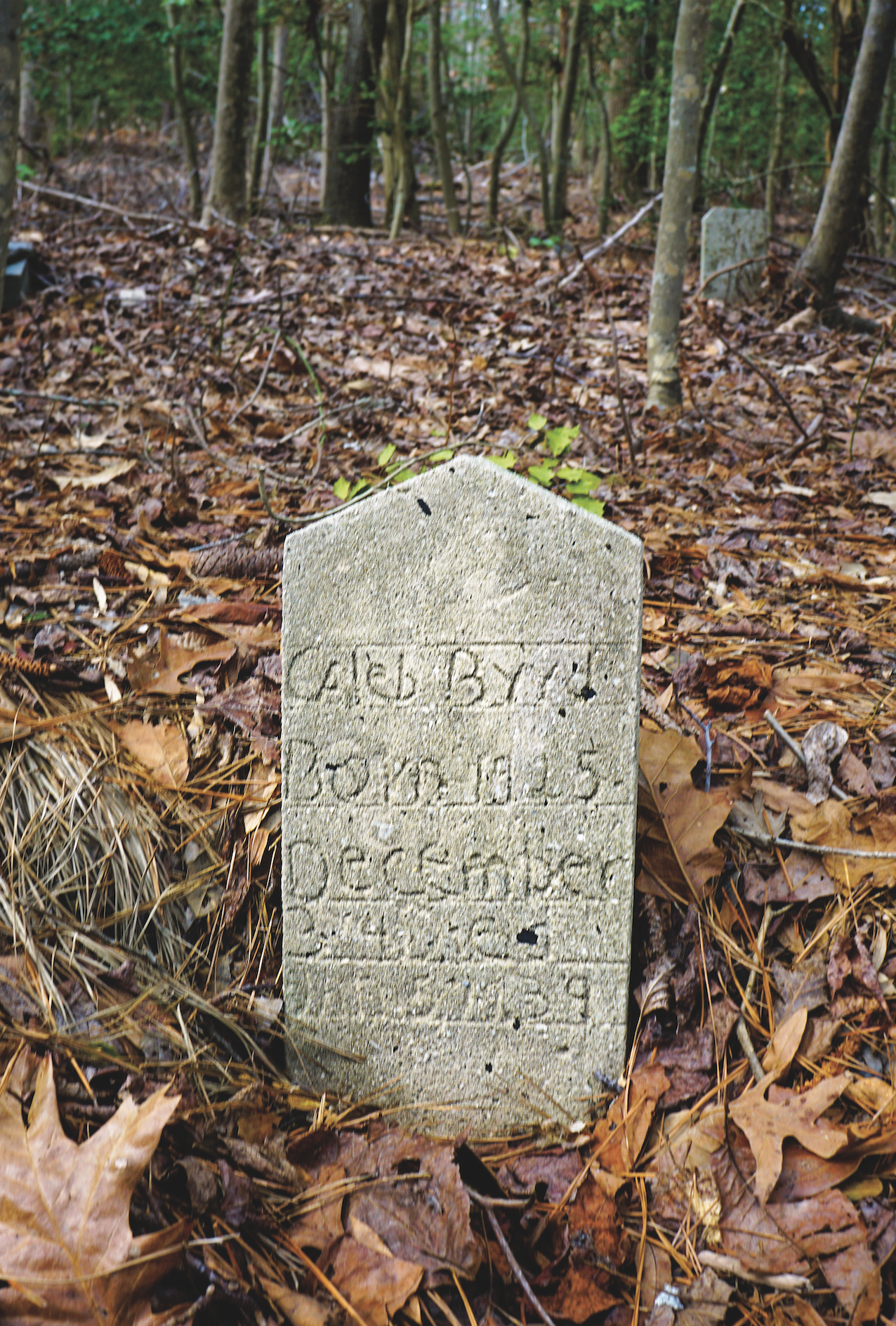What the Coast Means to Me
- Details
- Written by Kris Legates
Maybe a 20-year-old essay by a sixth-grader says it best
By Terry Plowman
From the May 2021 issue

I still remember my first visit to Rehoboth Beach, back in 1978. As a Baltimore native, my image of an oceanfront resort was based on the only one I was familiar with: gaudy Ocean City, Md. — high-rises shading the beach, cinder-block apartment buildings instead of real homes, six lanes of terror instead of quiet residential streets.
When I first drove into Rehoboth for a job interview at the Coast Press, my reaction was probably like that of most first-time visitors: “Wow!” Could it be that an ocean resort could have tree-lined neighborhoods, few high-rises and old-fashioned homes with wraparound porches?
Grave Responsibility
- Details
- Written by Kris Legates
Some area cemeteries are barely recognizable after decades — or longer — of neglect. A few self-appointed caretakers are trying to change that, one headstone at a time.
By Bill Newcott
From the May 2021 issue

For the most part, the drivers tooling along Log Cabin Hill Road near Harbeson don’t notice the lady in the cemetery, but if they were to think about it, they’d realize she’s out there nearly every morning.
Weather permitting, Dinah Handy-Hall will be puttering around the tombstones of Coolspring Presbyterian Church, daintily applying cleansing solutions to the headstones of worn granite and brittle slate, lovingly placing flowers at some of the older gravesites. Sometimes her husband, Larry, will show up to help lift and reset a 200-pound monument that has tumbled due to wind or settling soil.
The rustic, rectangular church building was built in 1854, but it’s the third sanctuary to stand on this site. (See “A Church for the Ages” on page 42.) The cemetery dates back to the 1730s — and people who lived in the same century as William Shakespeare are among those buried there.
“I can stand at the gravesites of the McIlvaines or the Torberts,” Handy-Hall says, sounding as if she’s talking about the neighbors down the street, “and I know that 270 years ago their family stood at that very spot and said their farewells to their loved ones.
“Plus, the very same headstone has stood there all that time. With very minimal effort, I can extend the life of that stone by 20 years with just some water, a soft brush, and a biological cleaner.”
That cleaner is a product called D-2, and it’s the same stuff they use to keep the White House white.
“It’s quite expensive,” says Handy-Hall. “Sometimes there are stones that I have to clean as many as six times. But it works, and it doesn’t damage the stone.”
Hand-Held Meals
- Details
- Written by Kris Legates
Sink your teeth into the backstories of the resort area’s signature sandwiches
By Pam George | Photographs by Scott Nathan
From the April 2021 issue

Between two slices of bread, there’s often a story, and it starts in 1762 with John Montagu, the Earl of Sandwich. An avid gambler, he wanted something to eat without leaving his seat, so the cook gave him bread wrapped around meat. The earl became such a fan that the “sandwich” is named for him.
Over the next two-plus centuries, many cities and regions have put a spin on the sandwich. Philly has the cheesesteak, Maine has the lobster roll, and Louisville, Ky., has the hot brown. On the Delmarva Peninsula, the crab cake sandwich is king.
However, the Culinary Coast is a melting pot, and more than a few restaurants and sub shops sell sandwiches that reflect the background of the restaurateur, chef or concept. Here are some examples — and the stories behind them.



